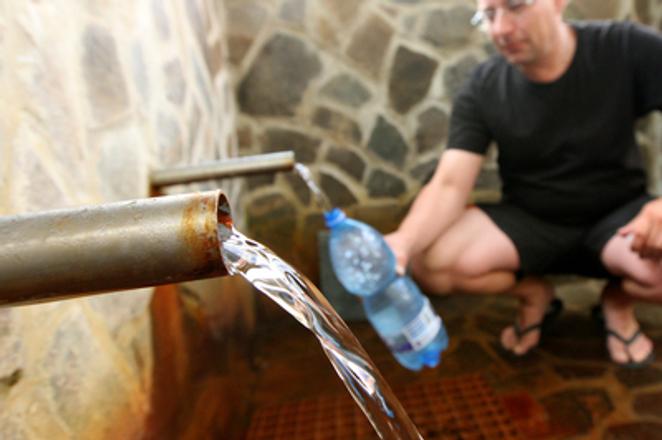Microplastics have become a common part of our diet. An average person could be ingesting approximately five grams of plastic every week, which is the equivalent weight of a credit card, the new World Wildlife Fund (WWF) study shows.
The analysis No Plastic in Nature: Assessing Plastic Ingestion from Nature to People prepared by Dalberg, based on a study commissioned by the WWF and carried out by the University of Newcastle in Australia, suggests that people consume about 2,000 tiny pieces of plastic every week. That’s approximately 21 grams a month, just over 250 grams a year.
The study has been published as part of the No Plastic in Nature campaign, which has been supported by more than 500,000 people already.
“These findings must serve as a wake-up call to governments,” said Marco Lambertini, WWF international director general, as quoted in a press release. “Not only are plastics polluting our oceans and waterways and killing marine life – it’s in all of us and we can’t escape consuming plastics. Global action is urgent and essential to tackling this crisis.”
While the study investigates the potential negative effects of plastic on human health, the fact is that this is a worldwide problem that can only be solved by addressing the root cause of plastic pollution, he continued.
“If we don’t want plastic in our bodies, we need to stop the millions of tonnes of plastic that continue leaking into nature every year,” Lambertini said, as quoted in the press release. “In order to tackle the plastic crisis, we need urgent action at the government, business and consumer levels, and a global treaty with global targets to address plastic pollution.”
Slovakia faces the problem, too

The study focuses on how and how much plastics enter the human body. Researchers analysed more than 50 various researchers on the penetration of materials and the amounts of microplastics in various environments. The main source of plastic in the human body is water: both tap water and bottled water.
There are big regional differences. For example, an average US inhabitant consumes twice as much plastic than a European.
“The problem doesn’t skirt Slovakia,” said Miroslava Plassmann, head of WWF Slovakia, as quoted in a press release. “The first step towards a solution is to reduce plastic waste in nature.”
She thus welcomed the decision of the Slovak government to adopt a draft law on deposits in plastic packaging, hoping it will also be supported by the parliament.
“Another good step is the declaration of Slovakia to stop using certain single-use plastics six months earlier than the EU requires.”



 Both bottled waters and natural sources include micro-plastics, illustrative stock photo. (source: Sme - Ján Krošlák)
Both bottled waters and natural sources include micro-plastics, illustrative stock photo. (source: Sme - Ján Krošlák)